A few days ago, we received sad news about the death of José Antonio Sarmiento, an artist who marked many milestones that will forever remain within the memory of ceramics in Spain.
There are many different types of creators. There are those who understand that an artist must be someone special, showy, known and admired, someone who has an opinion about everything and whose smallest acts are recognized as the «summit of creation.» There are also silent artists, whose commitment is to the work, to their conscience and to history. Those who work to feed their own ego sometimes hide their own insecurity. José Antonio did not need to feed egos, he had confidence which came from being true to himself. In perspective, his trajectory was coherent, in addition to being brilliant. He always understood ceramics as an art form that united different concepts: history and popular arts, philosophy and contemporary thought, respect for materials, technique and processes, and above all, poetry as a means to search for the truth of art.
The milestones that marked José Antonio Sarmiento’s work, as we said at the beginning, will endure within our history of ceramics. It can be summarized in what was undoubtedly one of his greatest undertakings. Early in his career he discovered the effect of fire, one of ceramics distinctive «marks.» He was interested in achieving this in a primordial way, by firing in wood-burning kilns. He employed techniques such as Hikidashi, salt and soda firing, and built a two-chamber woodfired kiln. After a stay in Japan with master potter Ryoji Koie, he built a four-chamber anagama-noborigama kiln in San Cibrián de Ardón (León, Spain,) the «tool» that would provide him with years of learning, discoveries and specialized results.
In 2000, construction of this type of kiln was undoubtedly an undertaking, not only because of the size of the project, but also due to the need to educate the public about wood fired ware. In other parts of the world, wood firing was a dynamic ceramic movement, whereas in Spain, it wasn’t known or appreciated as much as it deserved. But these were years when José Antonio Sarmiento developed his own wood fired work. Those of us who devote ourselves to wood firing and ceramics in general, owe a great debt to José Antonio. Sarmiento not only practiced wood firing; in recent years, while living in Gothenburg, Sweden, he began to fire at low temperature. The technical simplicity of engobes and transparent glazes has lead us to reinterpret traditional pottery, the poetics of porcelain and celadon glazes.
And finally, Sarmiento’s tireless search also led him to painting. Just a few weeks ago, an exhibition entitled “Between the Clouds” was at the River City Gallery in Gothenburg. What better farewell for an artist like José Antonio Sarmiento, than to say goodbye with a show alongside his longtime companion, Helena Andersson. Those of us who were lucky enough to fire with José Antonio know what we owe him and what we have learned. His legacy will remain «in the clouds» forever, present during every firing.
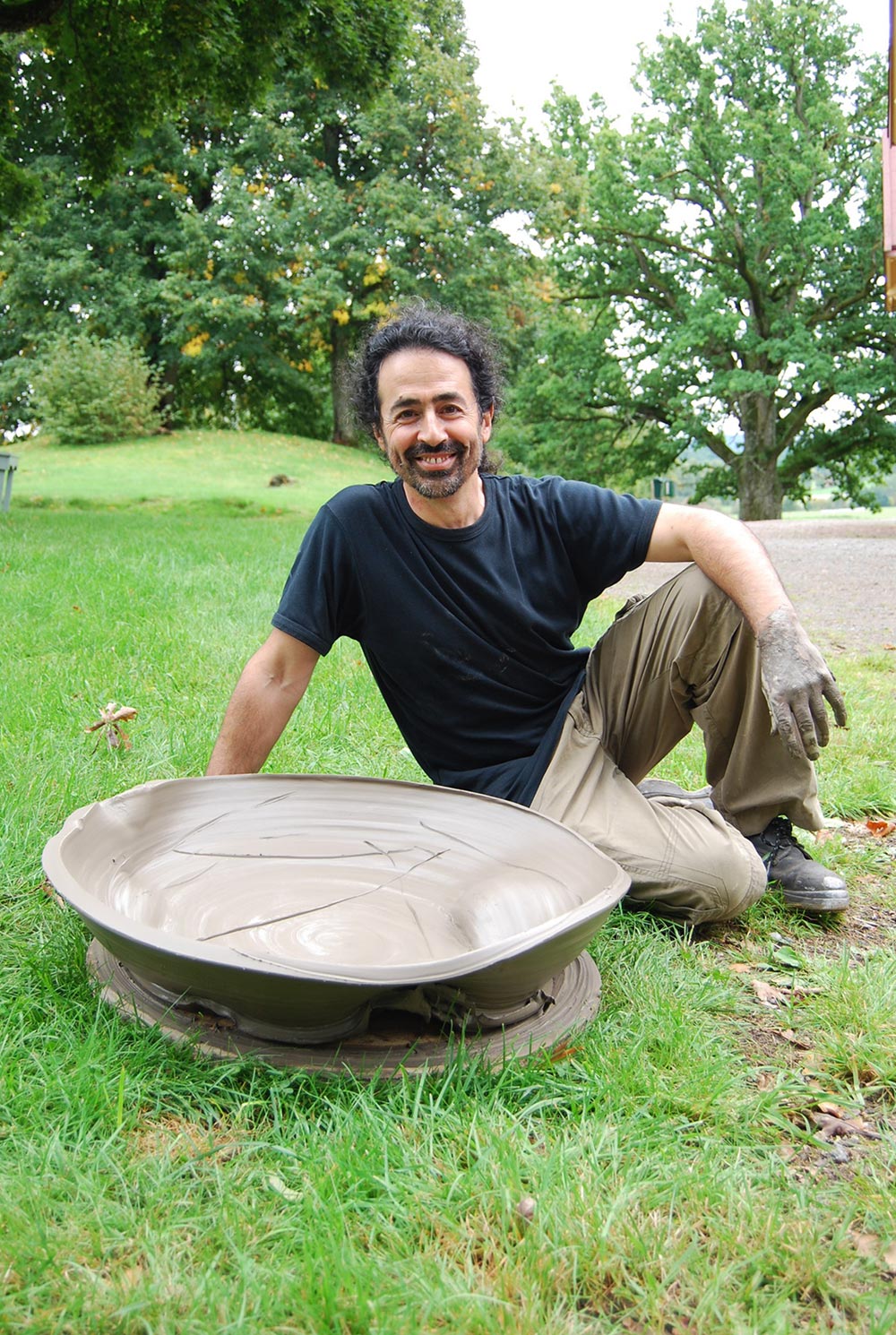
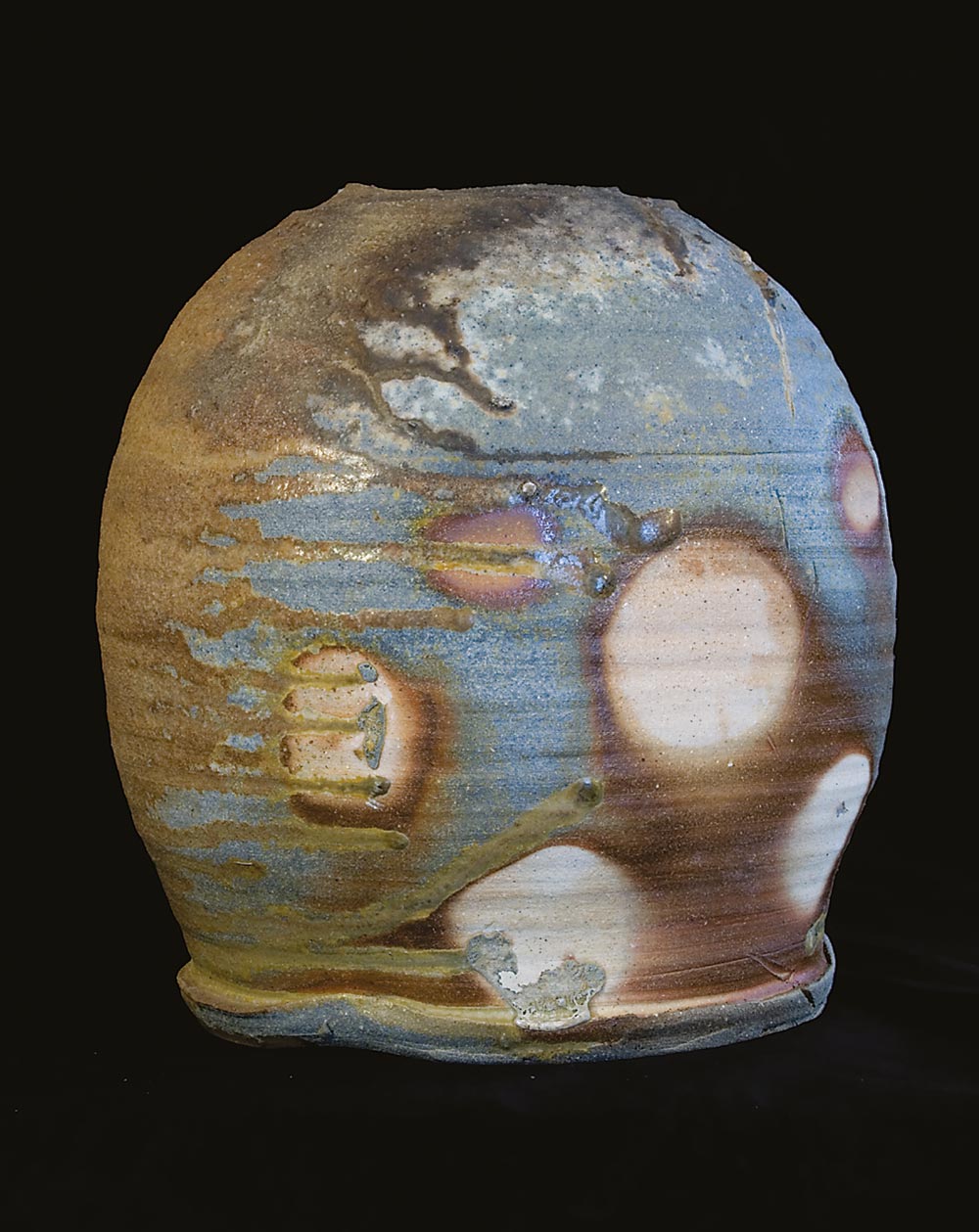
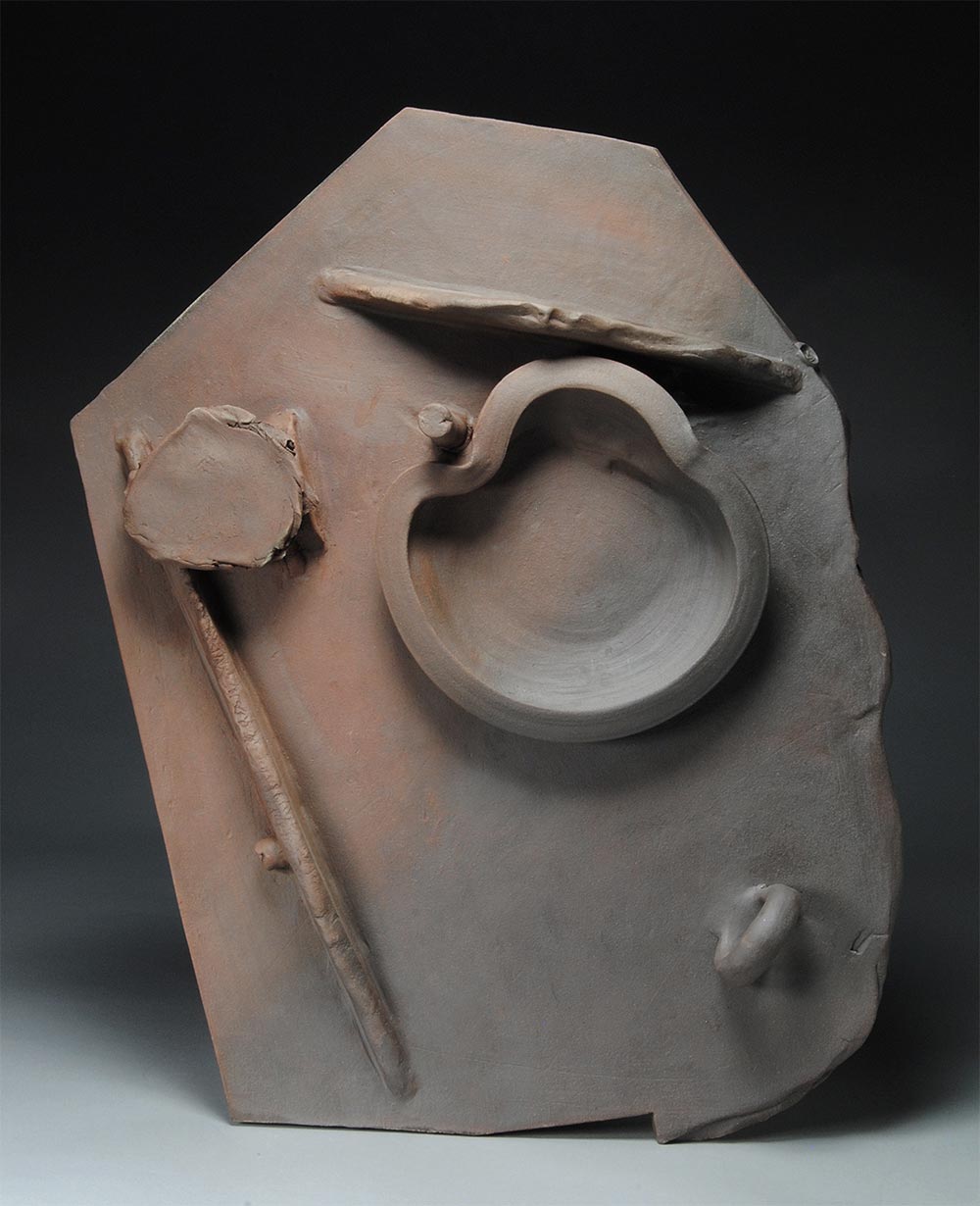
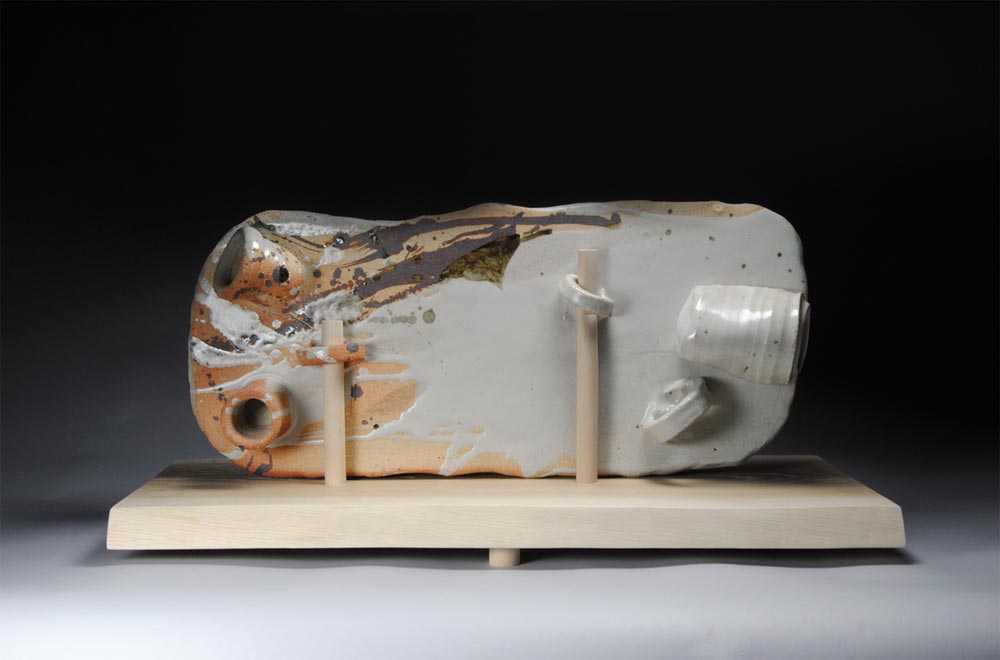
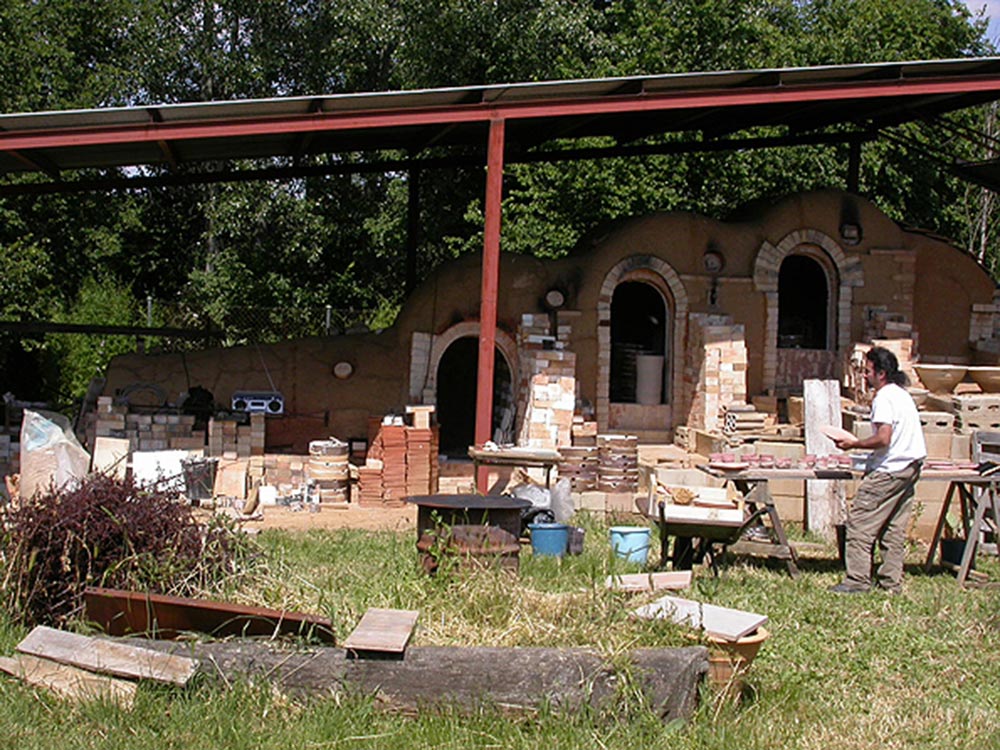
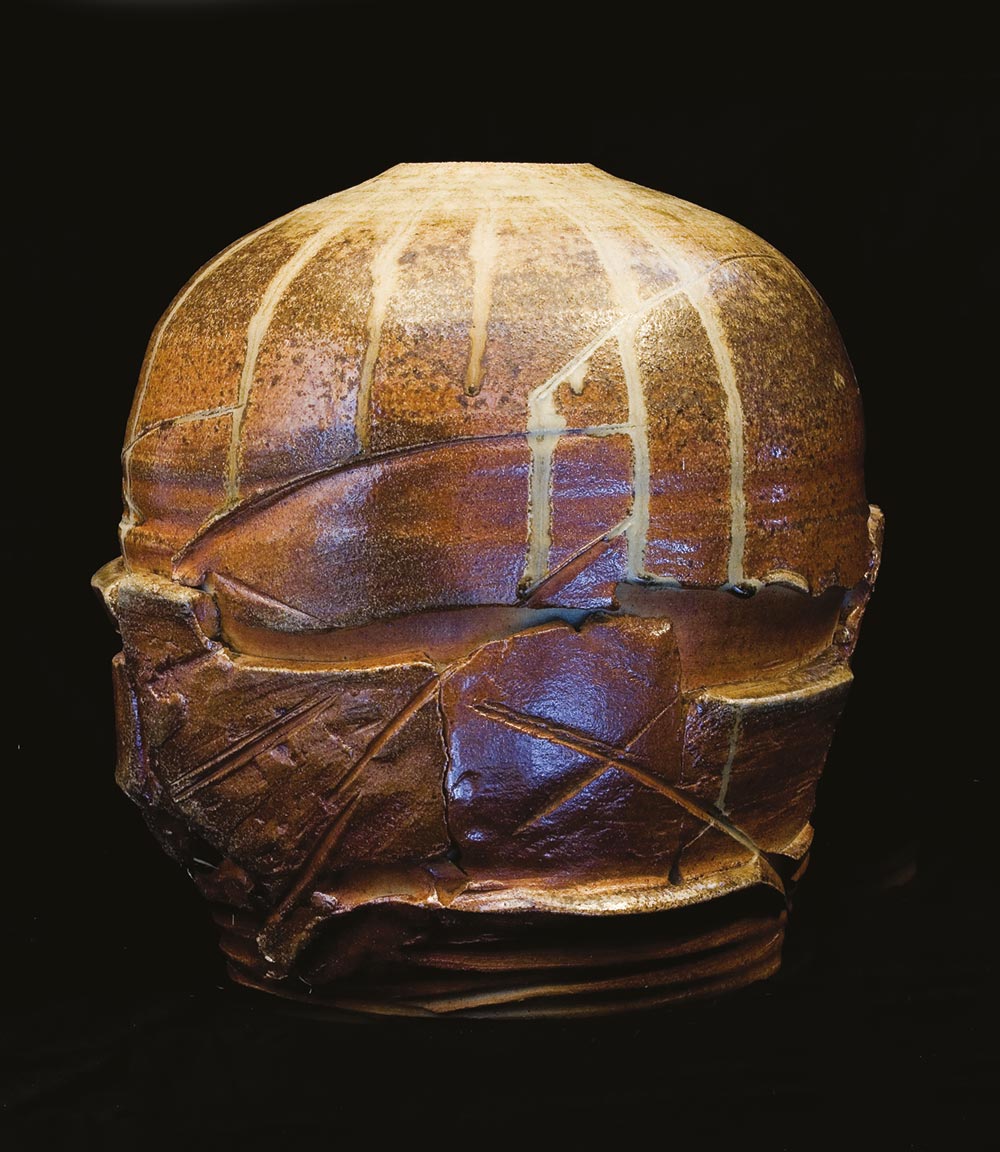
Wladimir Vivas is a ceramicist, writer and publisher, Director of Infoceramica.com, co-Director of Revista Cerámica and Woodfiring.net and a member of the International Academy of Ceramics (IAC)
Woodfiring.com thanks María Jesús Sarmiento and Helena Anderson for their collaboration in the preparation of this article.